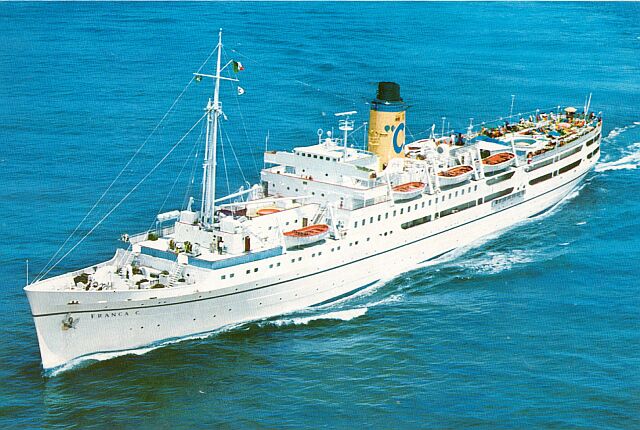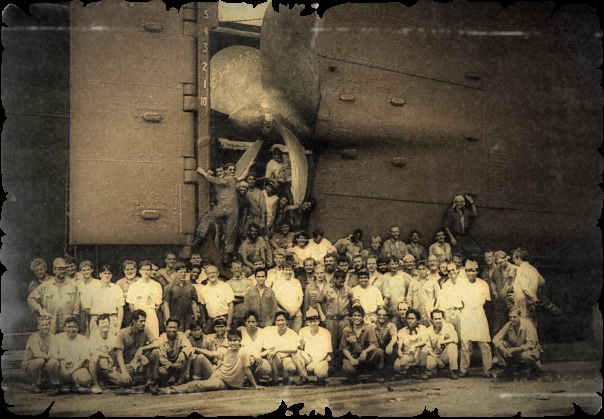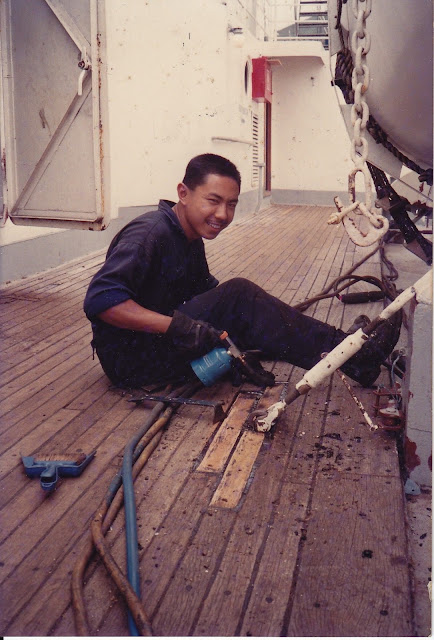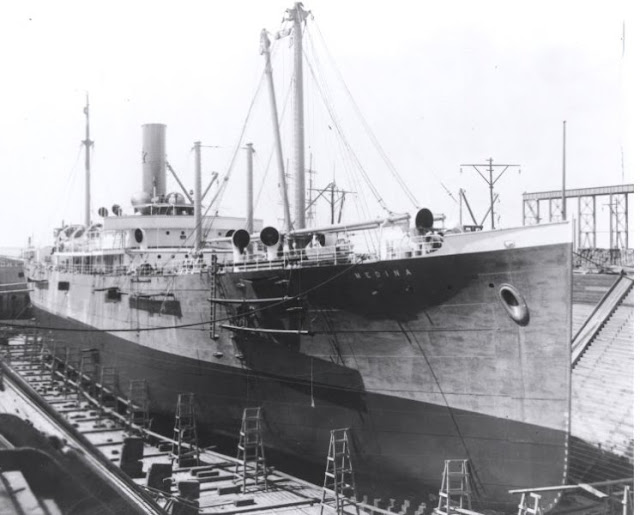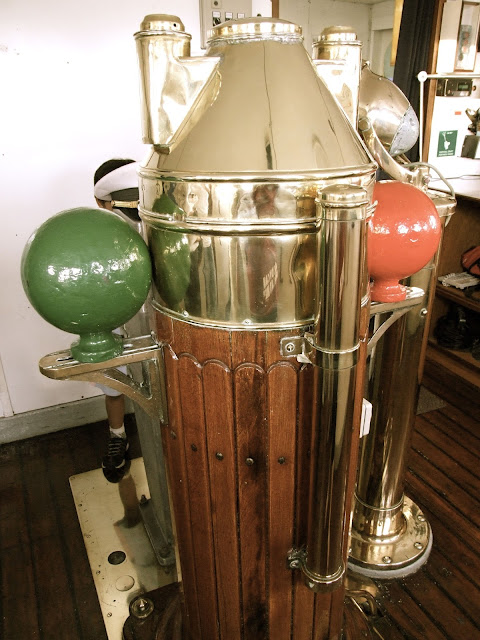provided by www.ssmaritime.net
MS Franca C.
Six passenger decks were built and new cabins were added. For the next 3 years it sailed the Mediterranean as the Franca C. In 1958, the galley and the restaurants were upgraded to the standard of a first-class luxury cruiser. A swimming pool, cinema and small casino were added for those who wanted other diversions while on board the ship. The MS Franca C turned her course this time towards the Atlantic, where she also captured the American market, mostly loved by her all-year-round cruise ship status.
provided by www.ssmaritime.net
The ship also scored a number of 'firsts' and one of them being the world's only all first -class-only cruise ship! Costa Lines became the first cruise ship company in history to offer winter cruises, thus basing the MS Franca C in Port Everglades, Miami. It was also recorded that during her stint as a cruise liner in those waters, her destination brought her to her birthplace, Newport News USA. It was like a homecoming event for this tough 'American' ship.
provided by www.ssmaritime.net
You don't find a Bridge like you see here (above) again. The original SS Medina's bridge was raised higher as she was refitted into the Roma in 1949. The Medina's bridge was constructed with wooden boards are now re-inforced with wood panelling and painted over. One can see the beautiful wooden floors, woodwork and brass fittings on the Bridge in my earlier post 'Underway, 1914'.
provided by www.ssmaritime.net
There are fittings which are part of the ship, left there and were never taken off, changed, or some parts, ever altered. For such was her 'resilience' toward time itself which one might describe her as a wild stallion - if you can't defeat her, ride her. As seen in the photo above, the propeller shaft is the original shaft of the SS Medina. It is, theoretically, still the same ship that was built in Newport News in 1914.
Next up, some interesting 'findings' or artefacts I found on this vessel. Don't miss out on this. Subscribe and share some comments because I know you are part of her.
Latest update: I found my old personal bridge logbook of my time as a Cadet-Officer and I'll be posting them up either here or in a new page. It'll be interesting as you will know what we do, and what a 'voyage' feels like at sea.
But keep on the lookout as you'll be the first to know when it's up!

